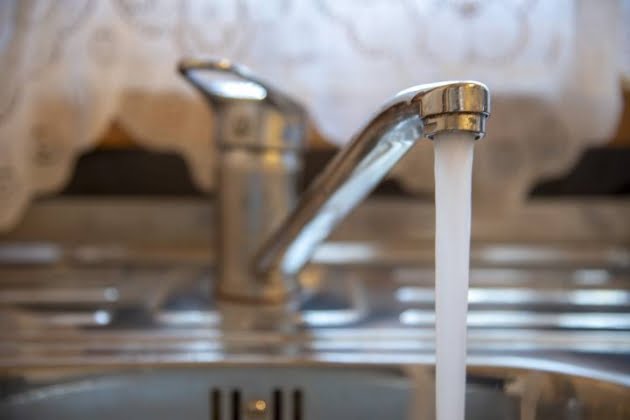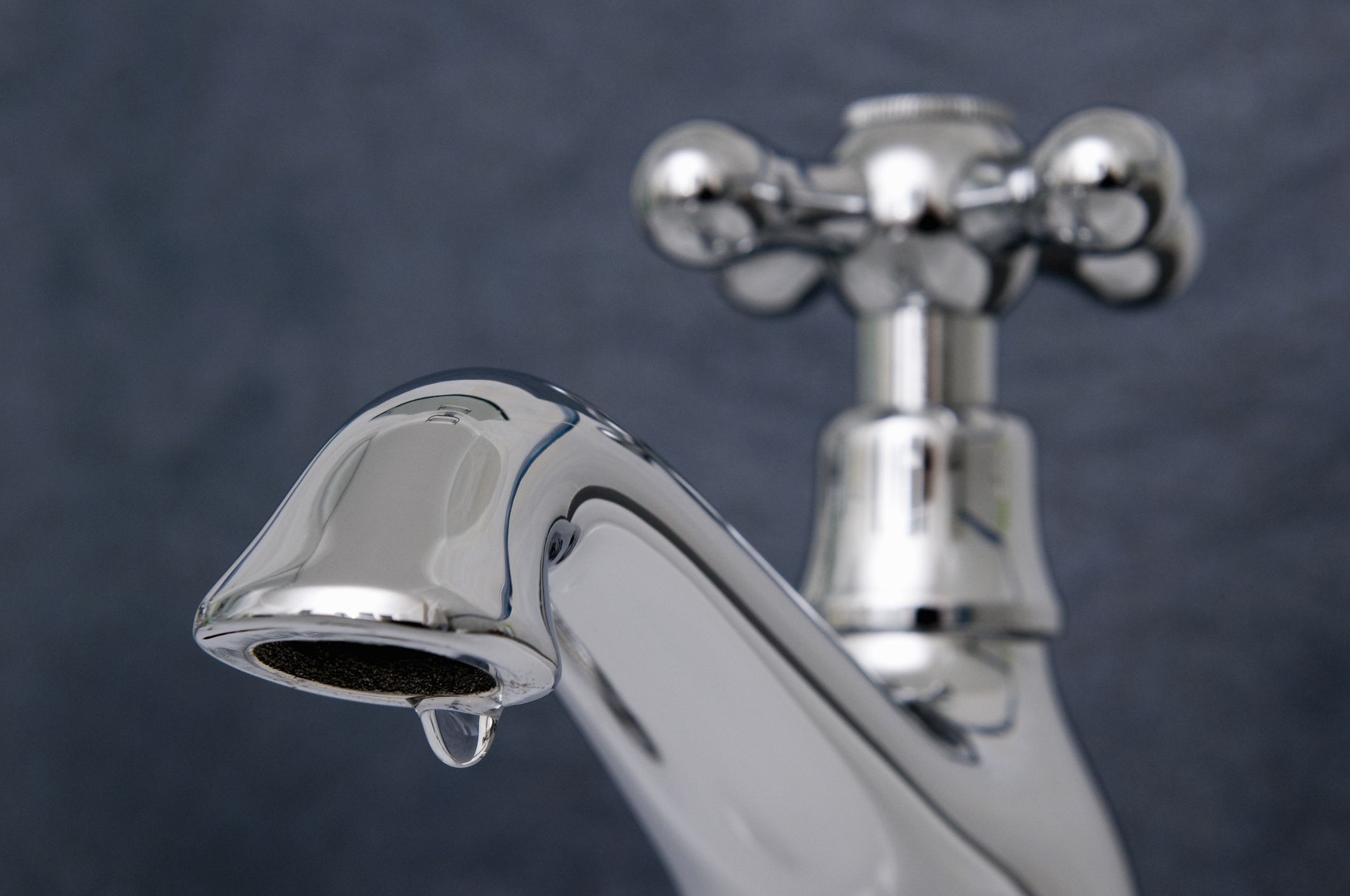Exploring the Impacts of Ongoing Leaking
Exploring the Impacts of Ongoing Leaking
Blog Article
Everybody is bound to have their personal assumption when it comes to Causes and Consequences of a Leaky Faucet.

Intro
A leaking faucet could look like a small annoyance, but its consequences extend far beyond the periodic drip. Comprehending the impacts of a dripping faucet is critical for both property owners and the setting. In this short article, we'll check out the different impacts of this usual home problem and why resolving it immediately is crucial.
Sources Of Leaky Faucets
Leaky faucets can result from a variety of aspects, including deterioration, high water pressure, and rust. In time, the consistent use of taps can lead to damaged seals and gaskets, causing leaks to develop. Furthermore, extreme water stress can put strain on plumbing components, resulting in leaks. Deterioration and corrosion can also weaken tap elements, making them vulnerable to leakage.
Water Waste
One of one of the most substantial repercussions of a dripping faucet is water wastage. Even a tiny drip can add up to gallons of wasted water gradually. This not only increases water costs but also contributes to water deficiency and environmental degradation. Resolving leaking taps quickly is vital for saving this valuable source and reducing its influence on the world.
Financial Impact
Along with wasting water, leaking taps can also have a substantial economic effect. Boosted water bills are a direct repercussion of water waste, setting you back property owners hundreds of bucks every year. Moreover, the cost of repairing water damage caused by leakages can be considerable, especially if left neglected for an extended duration.
Ecological Impact
The environmental influence of leaky faucets prolongs past water wastefulness. By preserving water, property owners can contribute to wider initiatives to mitigate water scarcity and safeguard natural ecosystems. Sustainable choices such as rain harvesting and water-efficient fixtures can better minimize the environmental impact of household water use.
Technological Solutions
Advancements in modern technology have brought about the advancement of clever faucets and water-saving tools that help lessen water wastage. Smart taps use sensing units to detect movement and readjust water flow as necessary, reducing waste without compromising comfort. Water-saving tools such as aerators and low-flow showerheads are also efficient in saving water without endangering efficiency.
International Viewpoints
While dripping taps might seem like a localized concern, they contribute to broader international difficulties such as water deficiency and climate modification. In regions already encountering water tension, every decrease counts, making leakage prevention and fixing essential. By adopting water-saving methods and investing in lasting technologies, house owners can play their part in attending to these pressing global problems.
Regulatory Steps
Federal government regulations play a vital role in reducing the effect of dripping taps and promoting water conservation. From building codes that need water-efficient fixtures to water-saving incentives and refunds, policymakers have a series of devices at their disposal. By executing and implementing these guidelines, federal governments can make certain that home owners focus on water preservation in their every day lives.
Area Impact
Resolving leaky taps calls for collective efforts at the area degree. By increasing awareness regarding the importance of water conservation and providing resources for leak detection and repair, neighborhood authorities can equip homeowners to act. Initiatives such as water-saving refund programs and leakage detection projects can incentivize behavior modification and advertise responsible water usage.
Instance Researches
Real-life instances of the impact of leaking taps emphasize the significance of positive upkeep and prompt repairs. From water damage to escalating water bills, the repercussions of overlooking leakages can be extreme. By sharing these case studies, homeowners can better understand the importance of resolving leaky taps without delay.
Educational Campaigns
Educational projects play a critical duty in elevating understanding regarding the effects of leaky taps and promoting water preservation techniques. With workshops, seminars, and on-line sources, property owners can find out exactly how to discover and repair leakages themselves. By empowering people with knowledge and devices, educational campaigns can cultivate a society of responsible water usage within areas.
Health and wellness Problems
Leaking taps can create favorable atmospheres for mold and mold growth, posturing health and wellness risks to residents. The existence of mold and mildew can intensify breathing problems and allergic reactions, specifically in vulnerable individuals. Additionally, water damage resulting from leaks can jeopardize the structural stability of buildings and result in expensive repair services.
DIY vs. Professional Repair work
When faced with a dripping tap, house owners typically discuss whether to attempt fixings themselves or employ a professional plumber. While do it yourself repair services can save cash, they may not constantly address the hidden issue properly. Expert plumbings have the proficiency and tools to diagnose and take care of leaks appropriately, making sure long-term services and peace of mind for property owners.
Preventive Measures
Stopping leaky faucets needs normal upkeep and aggressive procedures. Simple tasks such as changing damaged washers and seals can avoid leakages from developing. Additionally, upgrading to top notch components and minimizing water stress can help prolong the lifespan of faucets and reduce the risk of leaks.
Conclusion
In conclusion, the effects of a leaky tap expand much past the occasional drip. From water waste and enhanced water costs to health and wellness issues and ecological influence, the effects of overlooking leakages can be considerable. By dealing with leaky taps quickly and adopting water-saving techniques, house owners can reduce these results and contribute to an extra sustainable future.
Causes and Consequences of a Leaky Faucet
Although it’s a relatively common issue, many people don’t know what causes a leaky faucet. Additionally, few homeowners are familiar with the consequences of leaky taps, causing them to ignore the problem. However, much of the damage caused by leaky faucets can be prevented by reacting swiftly.
In this article, we’ll provide a better understanding of leaky faucets by listing their causes and consequences.
What causes a leaky faucet?
Many internal pieces of the faucet responsible for turning the water on and off can break. Consequently, they can’t function correctly and will give rise to leaks. Here are a few common causes of leaks:
Loose washers
The washer opens and closes when turning the faucet on and off. This movement produces friction, causing wear and tear. Over time, the washer gets worn out and won’t fit closely to the valve seat, leading to a leak.
Worn out O-rings
O-rings seal gaps between the internal parts of the faucet. If they fail, water can seep through these gaps and result in a leaky faucet.
Poor seals
Many faucets have inlet seals that let water freely flow when turning the faucet on and stop when it is turned off. If there’s too much sediment or water pressure, the seals can suffer damage and cause the faucet to leak.
Corroded valve seat
The valve seat sits at the bottom of the faucet’s mechanism. It plays a part in turning the tap on and off, and it can corrode due to repeated usage. If so, water will be dripping around the handle area.
Worn out faucet cartridge
Single-handle faucets have a faucet cartridge that helps control the water flow. Due to normal wear and tear, the cartridge can start leaking.
What are the consequences of a leaky faucet?
High water bills – Dripping faucets can lead to much higher water bills due to the amount of water wasted. In particular, as much as 17 gallons of water can be wasted during a single day if a faucet has about one drip per second. Mold and rot – Mold can develop in any moist area, making the area around leaky faucets an ideal breeding ground. Also, any wooden elements affected by the leak can eventually rot. Overflows and drain clogs – If the leak persists for a while, it can cause a lot of stress on the plumbing system and lead to overflows and drain clogs. Water stains – Minerals accumulating in the sink due to a leaky faucet can be quite tricky to remove. In the worst-case scenario, you might need to buy a new sink. https://www.jimmyjoesplumbing.com/blog/causes-and-consequences-of-a-leaky-faucet

Hopefully you enjoyed our piece on The Environmental Impact of Leaky Faucets. Thanks a ton for finding the time to read through our article. Enjoyed reading our blog? Please share it. Let other people discover it. We love reading our article about The Environmental Impact of Leaky Faucets.
Report this page